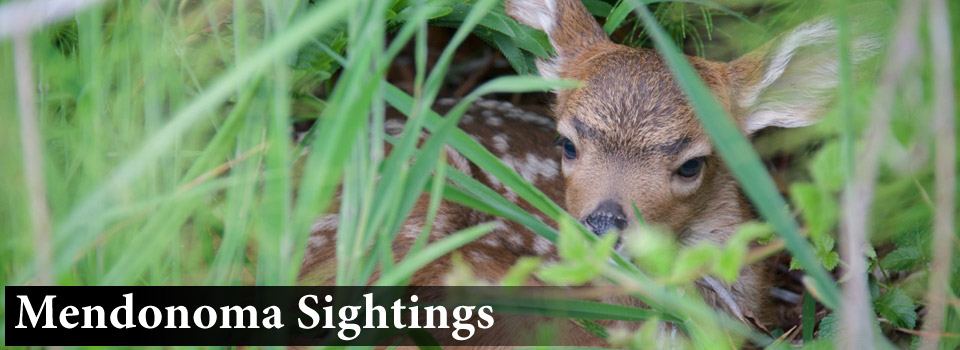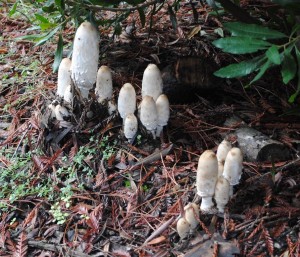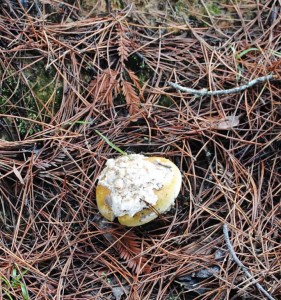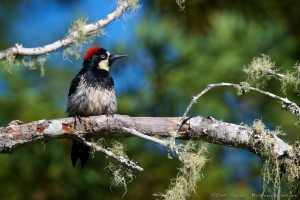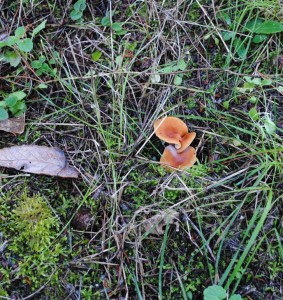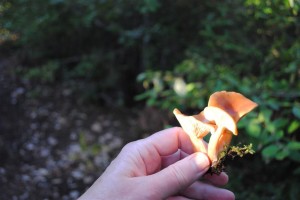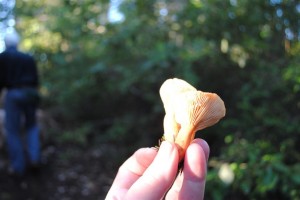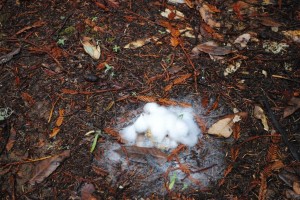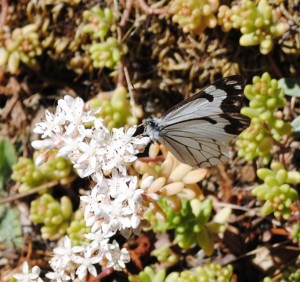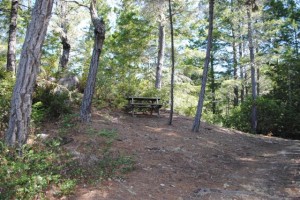The skies are sunny, a welcome sight after all the rain we've had on the Mendonoma Coast. Rain followed by sun is the equation for wild mushrooms.
This lovely forest of Shaggy Manes, Coprinus comatus, sprung up near our property. This is the perfect stage to pick these edible mushrooms for eating. But you must use them right away as they will disintegrate before your very eyes. These were growing under California Bay Laurel, with Coast Redwoods and Bishop Pines close by.
And the first Coccora appeared several days ago, Amanita calyptroderma. This edible mushroom has a poisonous look-alike so you must be very knowledgeable and experienced to tell them apart. They are a beautiful mushroom to observe. The main area of Coccoras on our property has not yet fruited. This was growing on a neighbor's land in the sun and under Bishop Pine Trees with a Redwood or two nearby.
